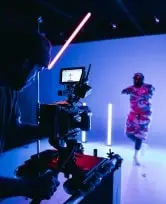


You could be sitting on some serious cash

Not everyone is thrilled with Elon Musk's vision for the future
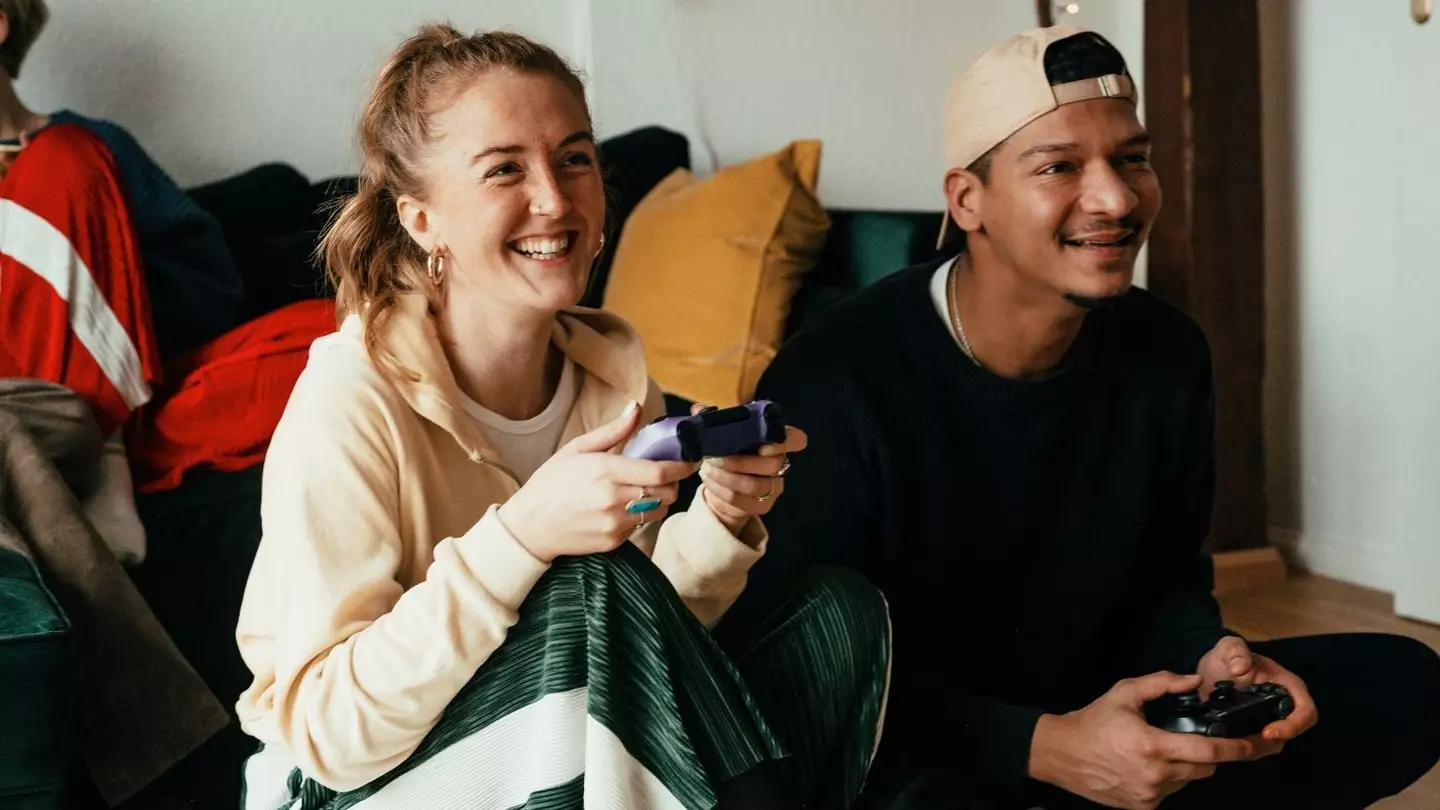
You can snag the console, as well as other Sony and Nintendo products, for a fraction of the price

Cyber Monday ends soon
.png)
He made some shocking revelations about North Korean smartphones
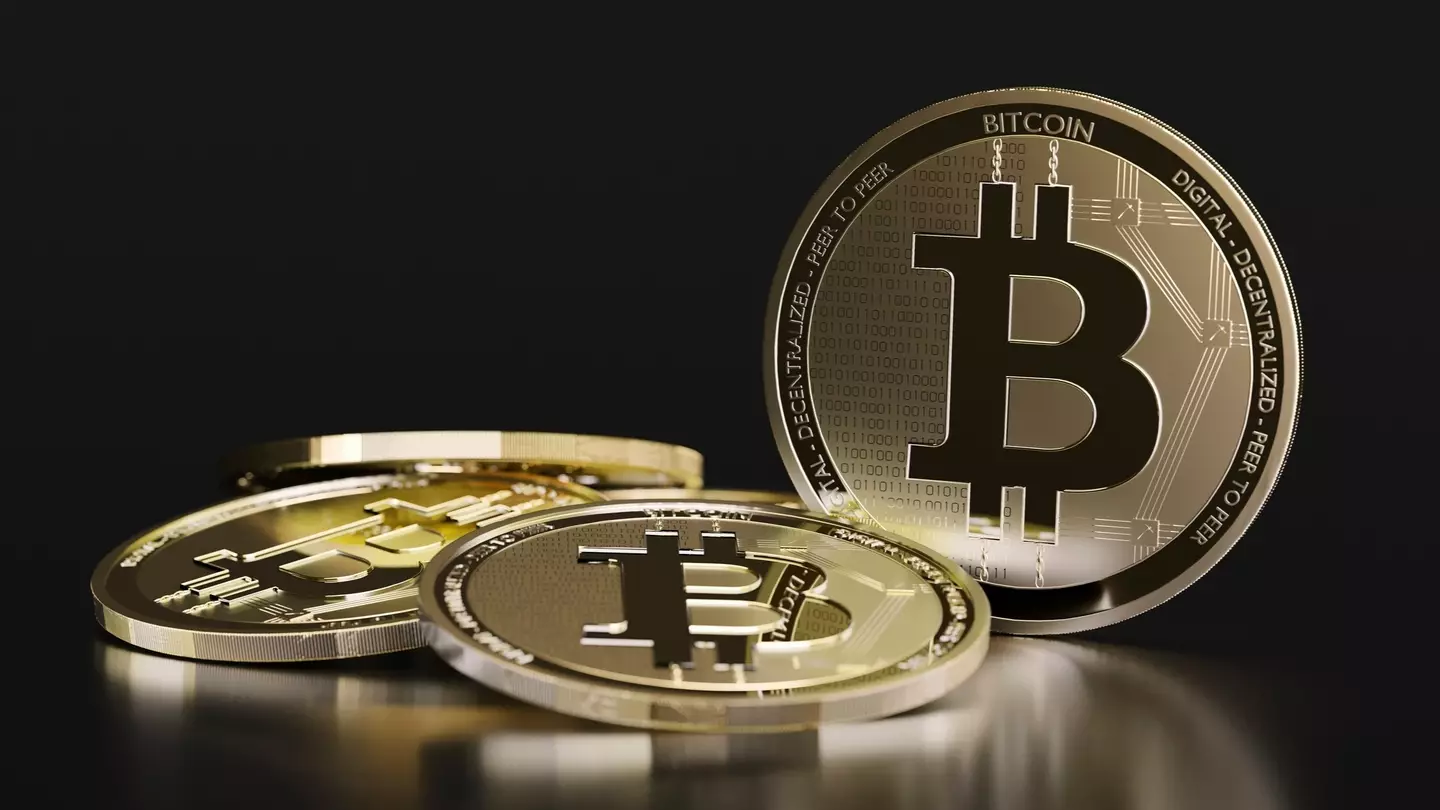
The markets could see an even bigger shake-up in the coming weeks
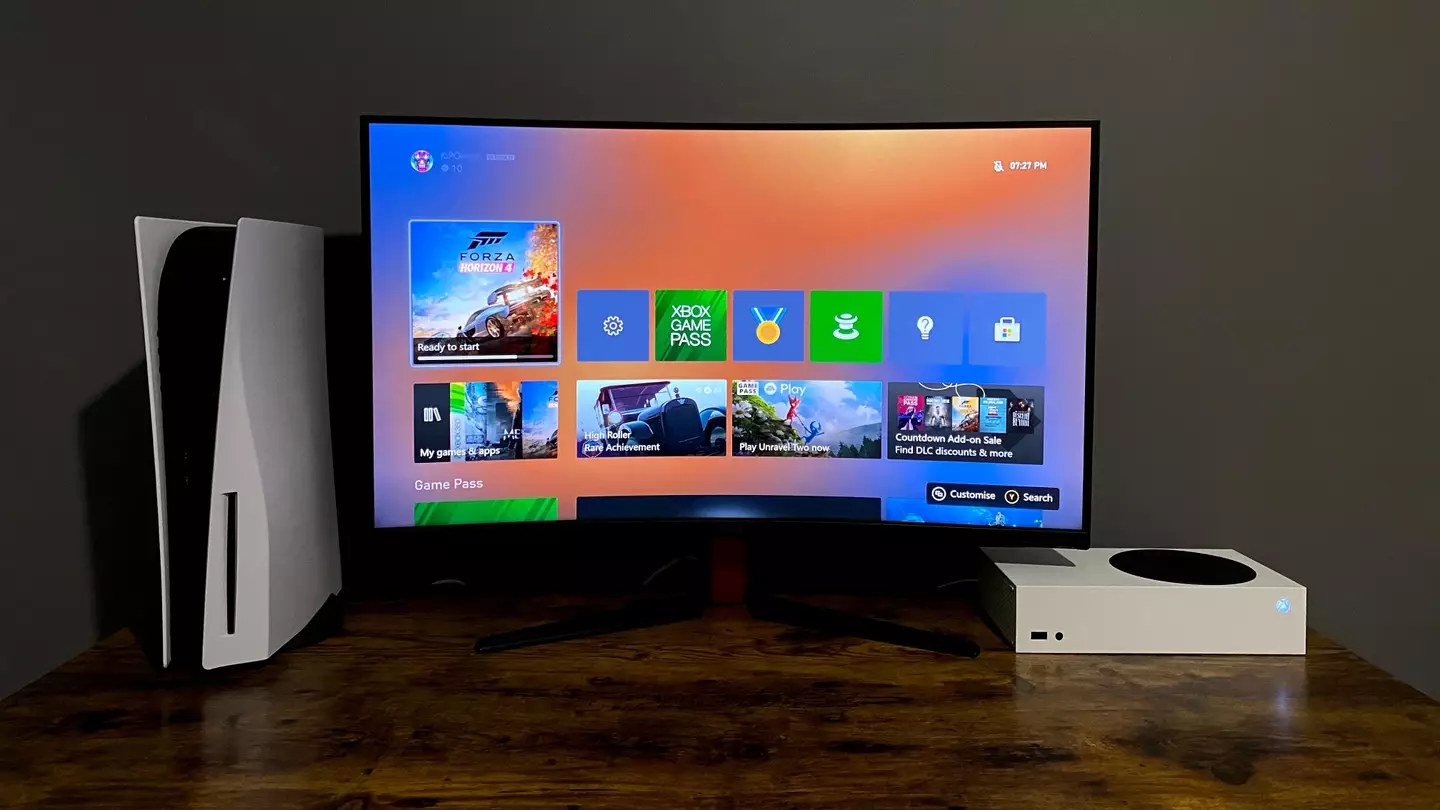
You could be sitting on a lot of money
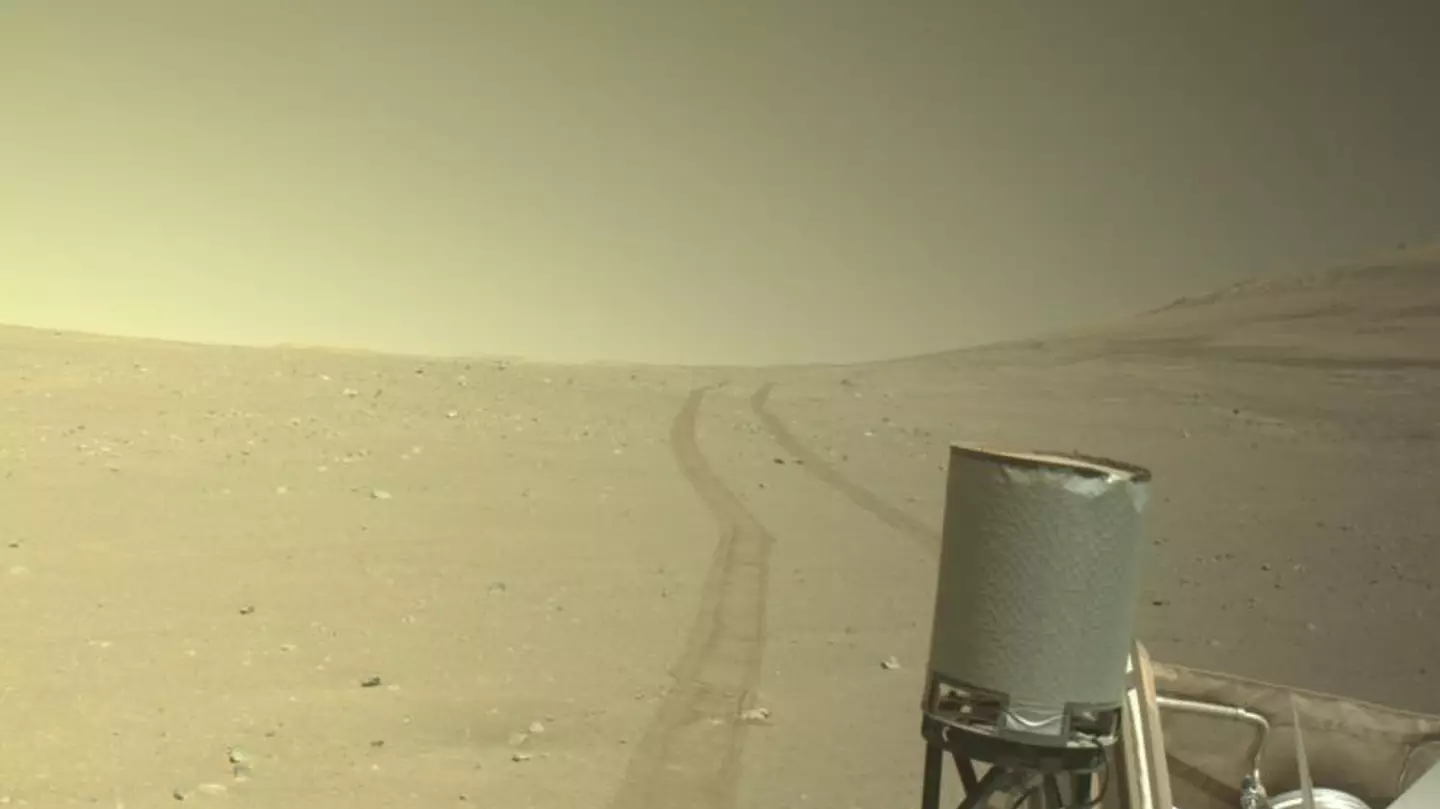
People drew a very clear lesson from the extraordinary photograph

Being a Google Street View driver can make you feel like a local celebrity, an employee has revealed
.jpg)
NASA and the US Air Force wanted to bomb the moon in 1958

'Popcorn brain' explained as study shows scrolling social media could be severely impacting our mind
Many of us are aware that spending too much time online has a negative impact on our minds, but have you heard of popcorn brain?
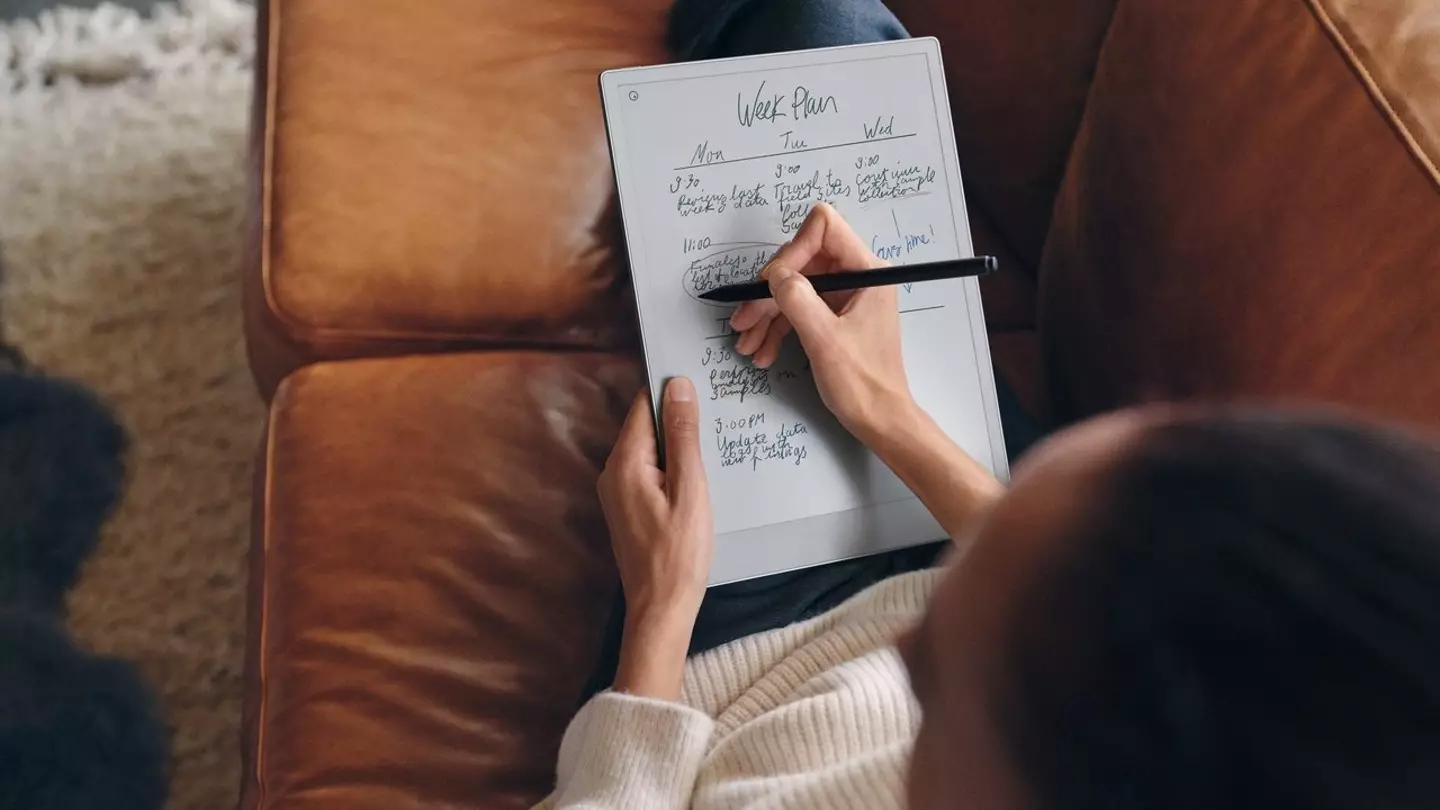
Bigger isn't always better and this is proof

There's been suggestions that the comet is actually a 'spacecraft'

What's the new device got to offer?
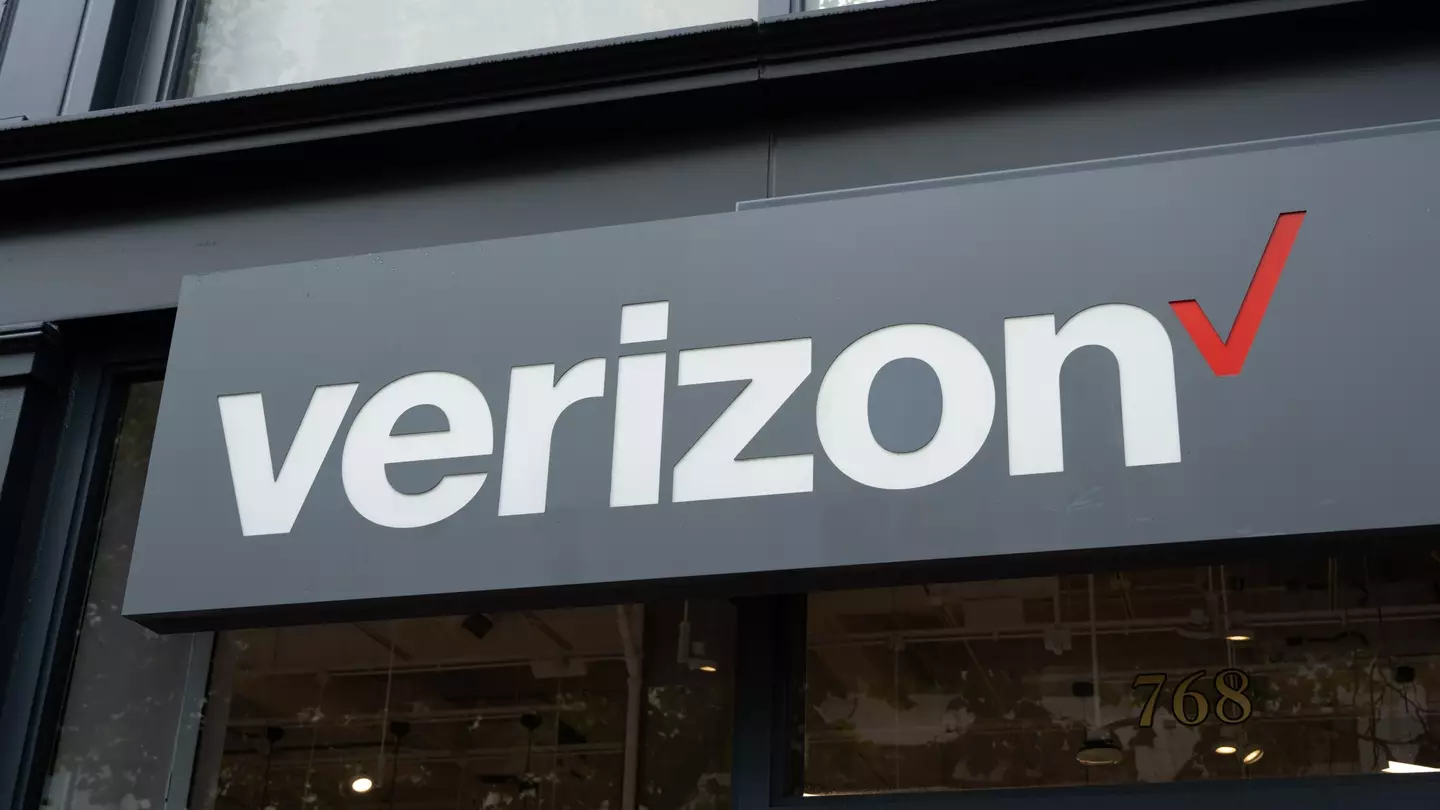
Never miss a 'must-watch' series again with this Netflix and HBO Max offer

Do you have any of these lying around at home?
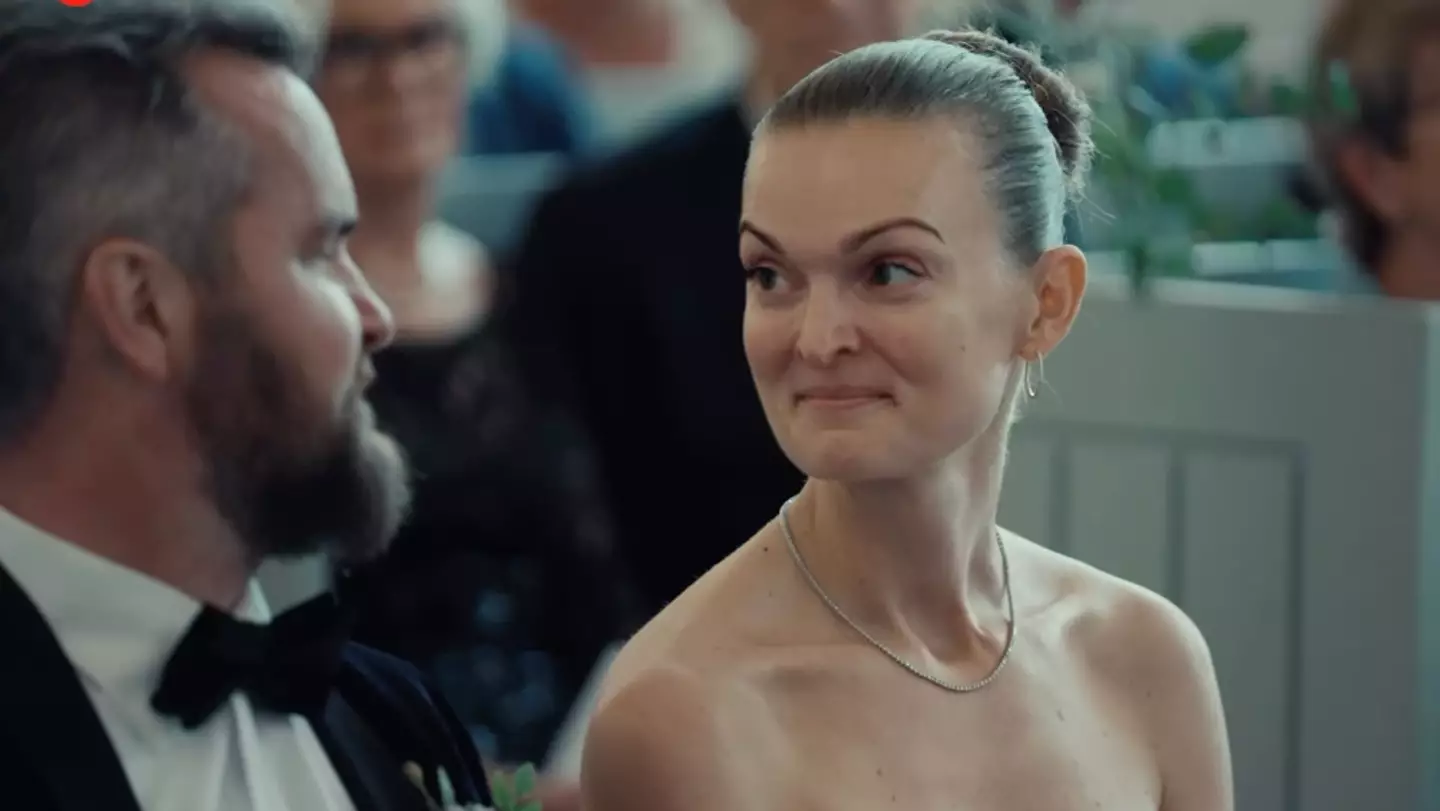
The discovery made it apparent more work is to be done on AI
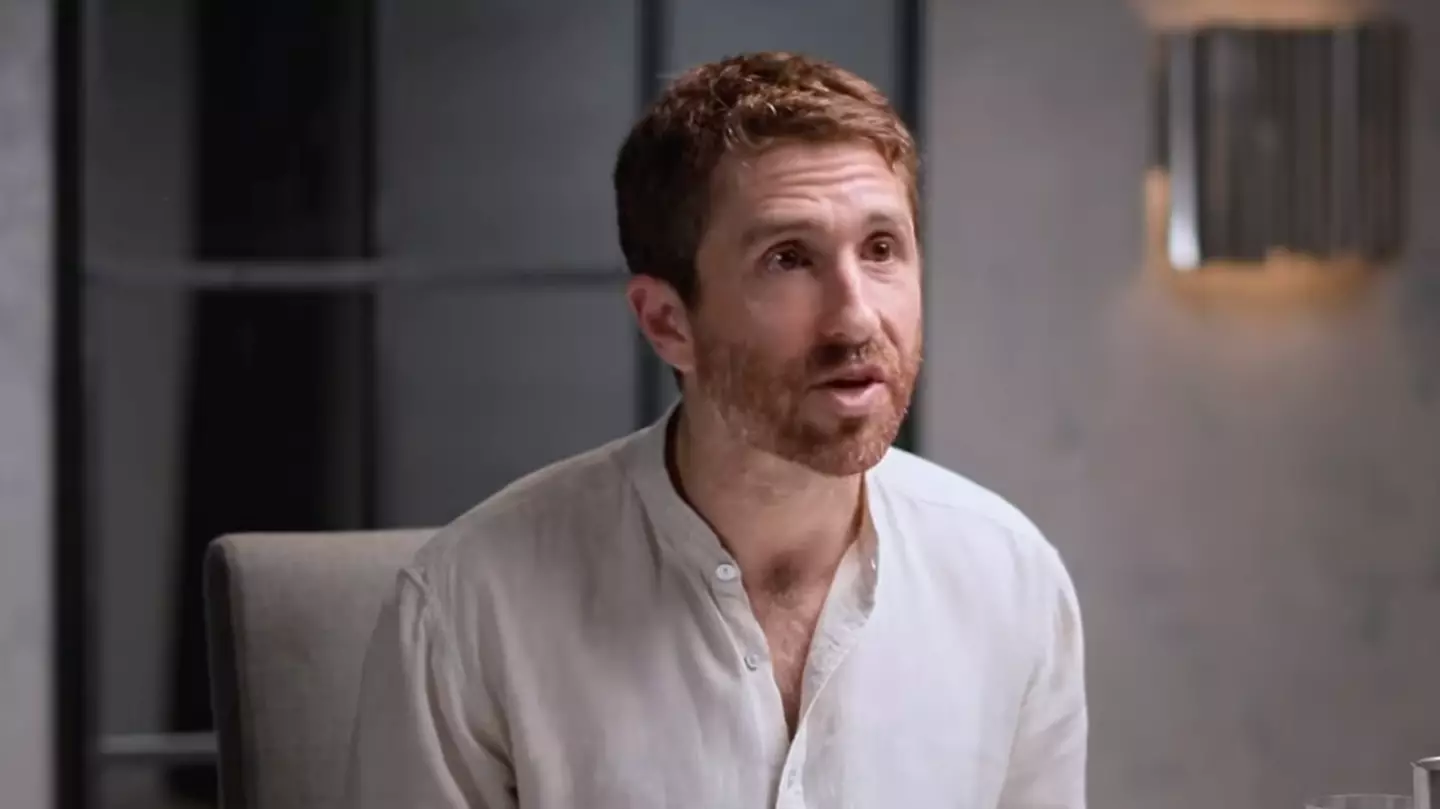
The expert also clarified an important fact about the AI we currently have

Twitter is on fire after users couldn't tell an AI picture was generated

Not only will you gain financially, but your entertainment experience will be elevated
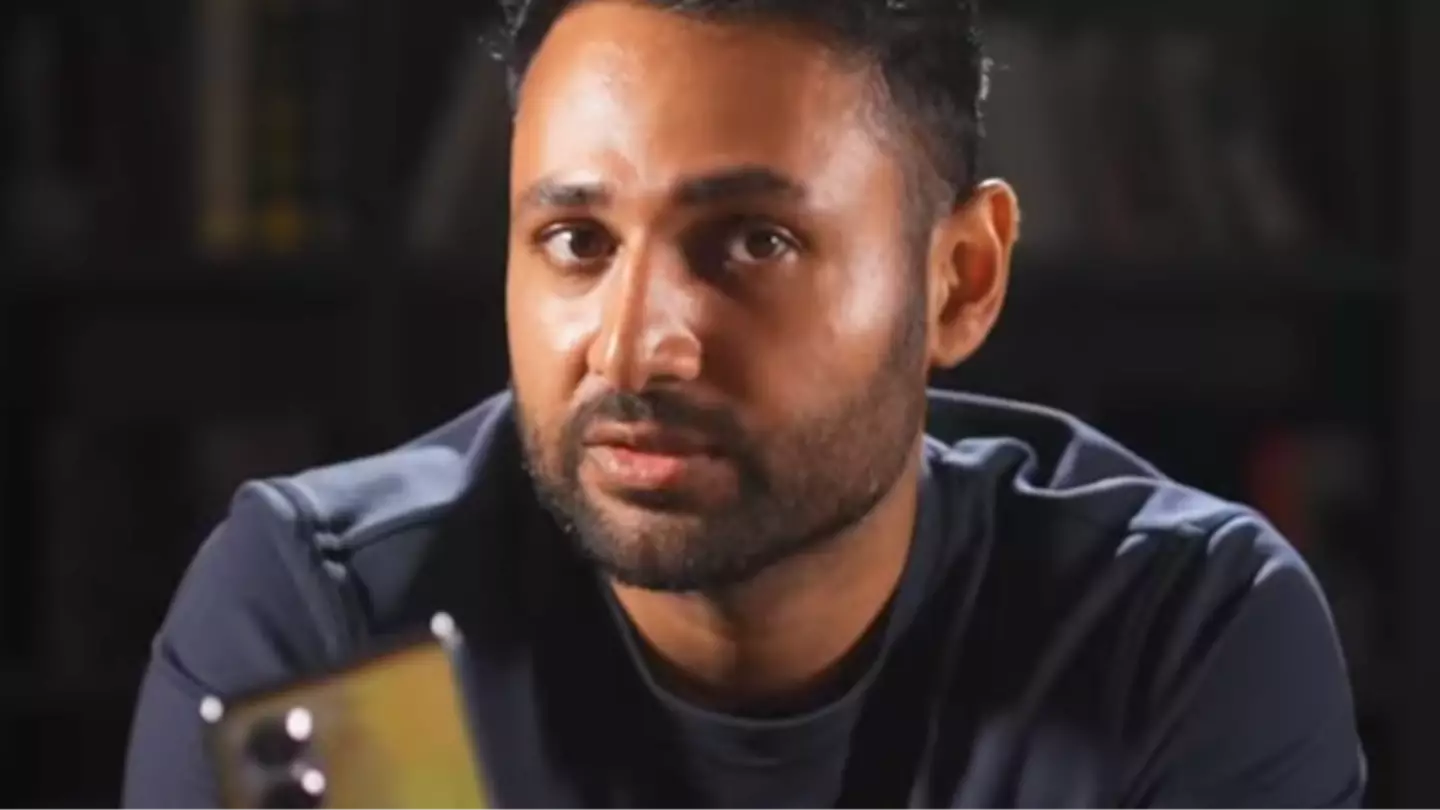
YouTuber Mrwhosetheboss managed to get access to two North Korean smartphones

A new theory shares that there could be black holes floating in the universe that could pass through your body

Phubbing is on the rise in modern relationships... but what is it and what are the causes?

